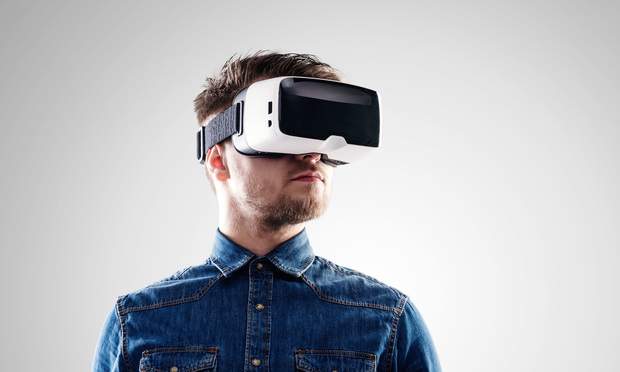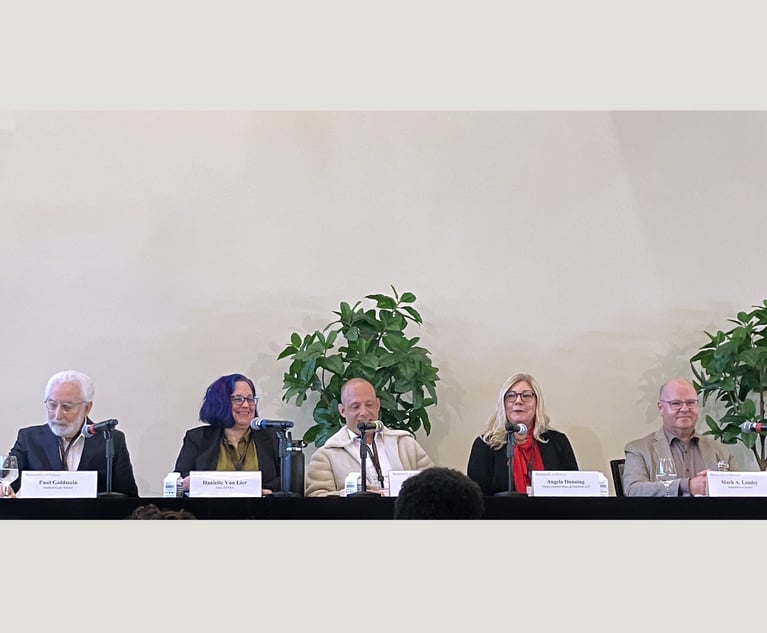Until recently, the idea of wearing a headset and becoming part of a virtual world seemed like something out of a science fiction movie. While modern day virtual reality and augmented reality use cases promise revolutionary undertakings in mobile applications, gaming, healthcare, retail, automotive, and enterprise industries, the technology has a long history that dates to the 1940s.
What is Virtual Reality?
Virtual reality (VR) describes a computer-generated three-dimensional environment that users can interact with. Users are placed inside an experience, stimulating multiple senses, such as vision, hearing, and touch. Virtual reality usually relies on headsets, which take over your vision to simulate the environment, replacing the real world with a virtual one. At the outset, most VR headsets connected to the game system via a cable and implemented motion tracking sensors to track user movement, thus enabling a 360-degree world. Newer standalone VR headsets connect to smartphones, eliminating the risk of tripping over a cable, but provide a less powerful experience because they are not enabled with the same motion sensors.
This content has been archived. It is available through our partners, LexisNexis® and Bloomberg Law.
To view this content, please continue to their sites.
Not a Lexis Subscriber?
Subscribe Now
Not a Bloomberg Law Subscriber?
Subscribe Now
LexisNexis® and Bloomberg Law are third party online distributors of the broad collection of current and archived versions of ALM's legal news publications. LexisNexis® and Bloomberg Law customers are able to access and use ALM's content, including content from the National Law Journal, The American Lawyer, Legaltech News, The New York Law Journal, and Corporate Counsel, as well as other sources of legal information.
For questions call 1-877-256-2472 or contact us at [email protected]







